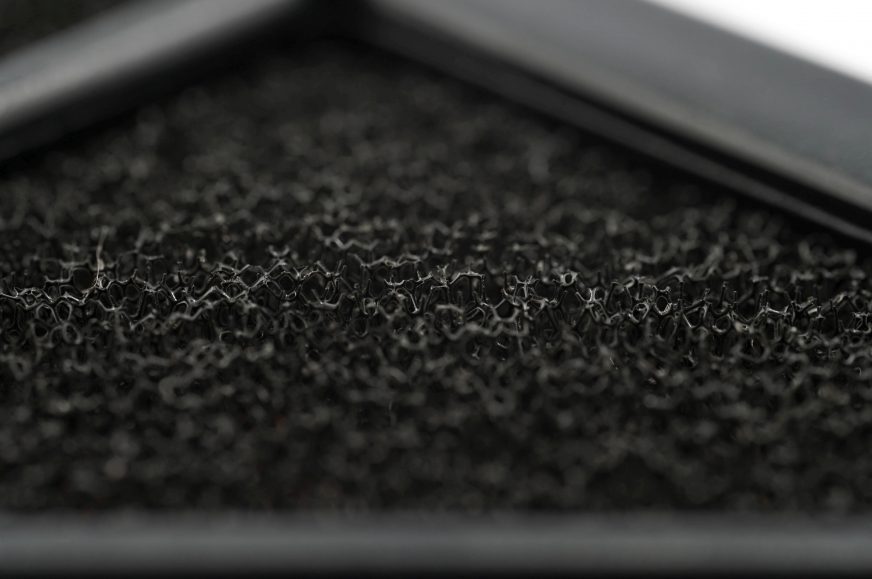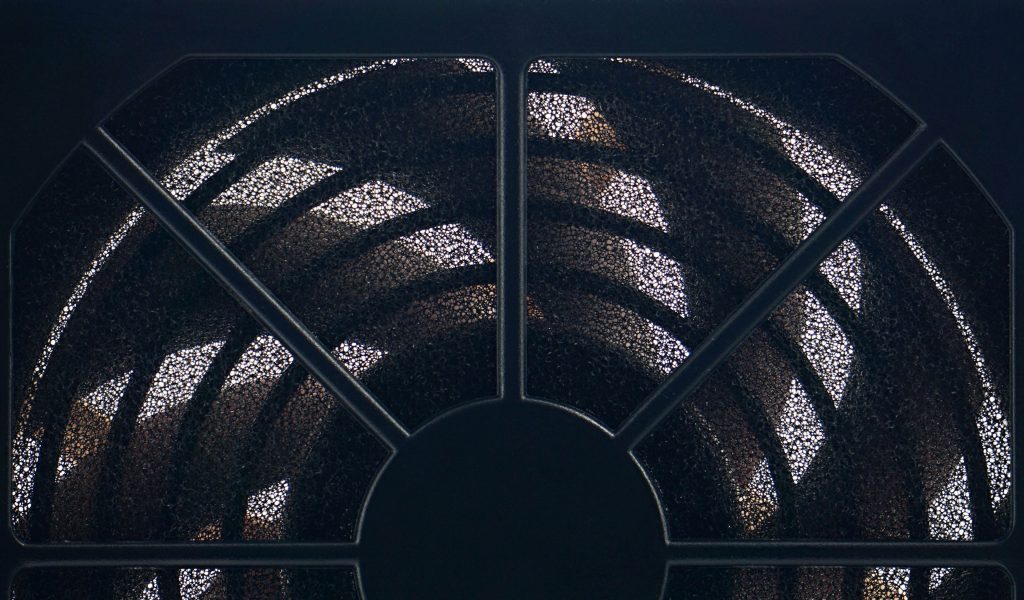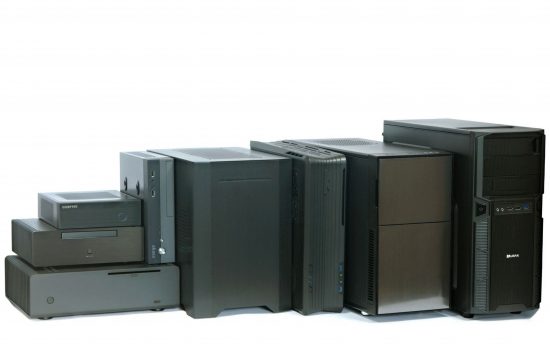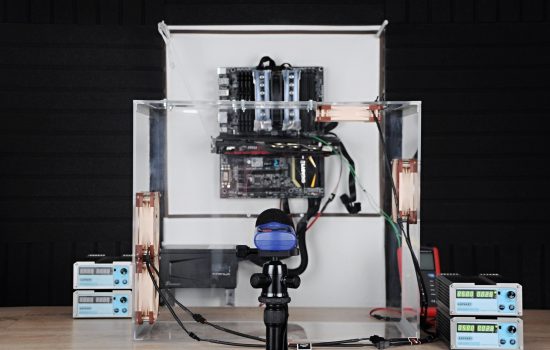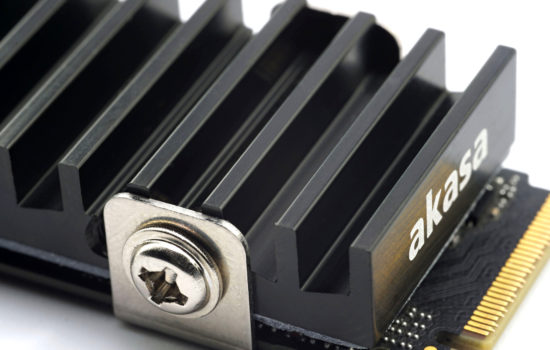Not enough for perfection, but…
After analyzing the nylon and plastic dust filter, we now add a test of the “foam” dust filter. The latter has a slightly more complex construction. It consists of several parts and is kind of like a jigsaw puzzle, the elements of which even improve the aerodynamics in some ways. We go through everything in detail, and although we approached this type of filter with a bit of a bias, it comes out in a good light in the end. Is a foam dust filter better than a nylon one?
Not enough for perfection, but…
How did you estimate the results? We did it with exaggerated pessimism and we expected plastic filter level restrictions. In the end, the airflow through the Akasa GRM120-30 foam filter is at higher speeds “only” about 15% lower and at low speeds 22% lower. At the same time at slightly lower noise levels. So with the fan aligned to the same noise level, the differences in flow between this foam and nylon filter would be even smaller. By comparison, the plastic one loses up to 55% to the nylon one at low speed, and it even runs noisier on top of that.
The aerodynamic properties of the tested filter and traditional nylon filters are therefore similar and other aspects come into play to answer which of these filters is more advantageous. For example, which one is more efficient in terms of dust particle capture. The foam filter has larger gaps between the fibres, but these overlap in multiple layers, although there are visible weak spots in places with large gaps.Compared to foam filters, nylon filters have fibers in regular shapes with consistent fineness, are considerably thinner (on the scale of tens of microns), but end in a single layer, albeit with a smoother mesh.
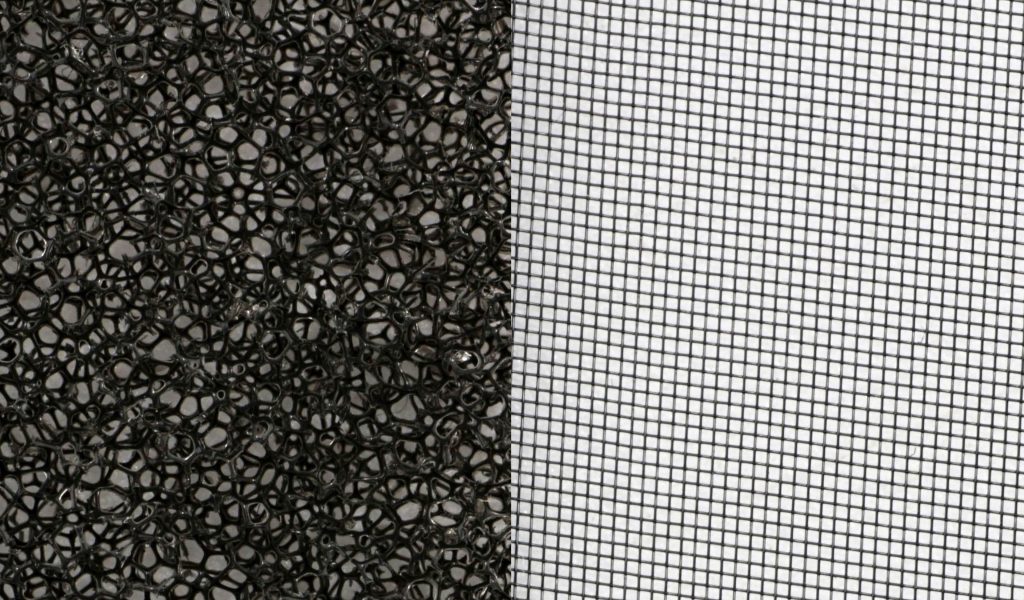
To evaluate which of these types of filters is better overall, it is also necessary to test the dust permeability, i.e. which one captures more per unit of time under equally dusty conditions. We don’t have such tests prospectively on the agenda for the near future, but if you’d like to see them, we’ll work something out. Maintenance can also play a significant role in the decision. And in this, the nylon probably has the edge over the foam filter. While both are water washable, the foam one is more prone to damage and accidents (tearing) can happen quite a bit sooner than the nylon one. Either way, this is a full-featured alternative that won’t significantly hurt your computer’s cooling.
TL;DR: The Akasa GRM120-30 foam filter is a very good alternative to the least restrictive nylon filters. The airflow loss is a bit higher, but it’s nothing dramatic. It is always a significantly better option than plastic filters.
English translation and edit by Jozef Dudáš
- Contents
- Grille, foam, grille
- Results: impact on airflow, pressure and noise
- Results: frequency response of sound
- Not enough for perfection, but…





